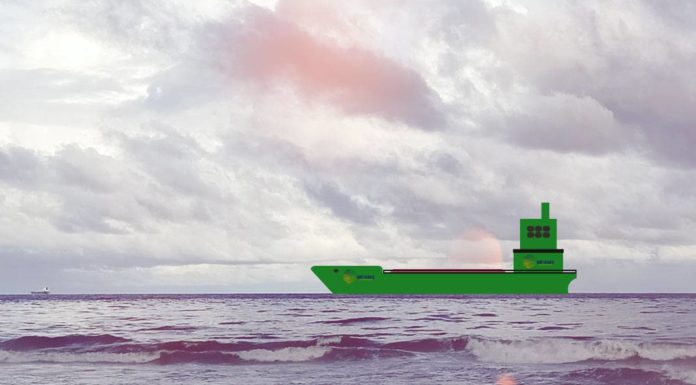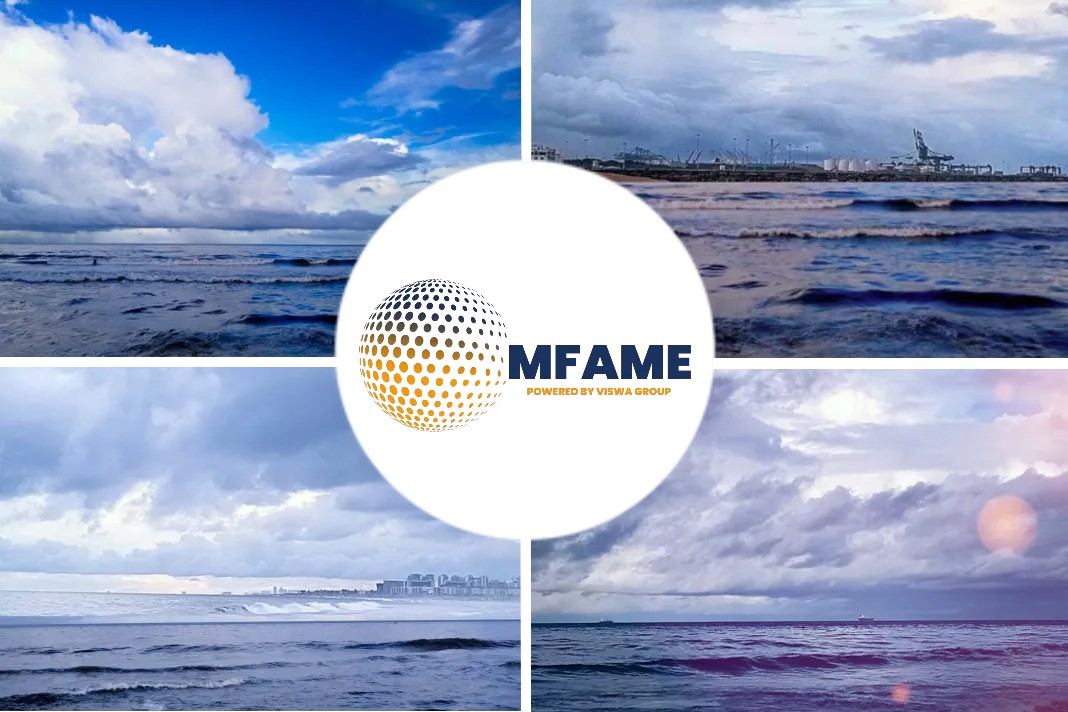 Recently, the LoadStar’s Alessandro Pasetti asked Dan Gardner, president of Los-Angeles based Trade Facilitators, to expand on some of the very pertinent topics that he nailed down in a white paper headed “The Novel Coronavirus: China’s ‘Standing 8-Count’”, with a strong focus on the prospects and current dealings of the container shipping companies, in particular.
Here’s an excerpt from that session as written by Pasetti in an article published in LoadStar.
Recently, the LoadStar’s Alessandro Pasetti asked Dan Gardner, president of Los-Angeles based Trade Facilitators, to expand on some of the very pertinent topics that he nailed down in a white paper headed “The Novel Coronavirus: China’s ‘Standing 8-Count’”, with a strong focus on the prospects and current dealings of the container shipping companies, in particular.
Here’s an excerpt from that session as written by Pasetti in an article published in LoadStar.
But before you start here is a link to Mr Gardner’s paper – outlining key characteristics of Chinese supply chains and the probability of supply chain bottlenecks, as well as others of great interest to the trade at the moment – followed by my Q&A below, which hopefully you’ll find useful.
Blank vessel sailings and similar actions aimed at managing capacity: is this opportunity or threat for the container shipping companies? Why, in your view?
“When I wrote the white paper, the approach I took was to identify key operational characteristics of China’s export supply chains, and try to determine how Covid-19 would influence and/or impact the behaviour of supply chain players. In order to answer this question, I think we have to do the same thing, recognising that blank sailings have been part of the Asia-Europe and Asia-US maritime landscape for some time now.
“With the above said, blank sailings are the ultimate expression of how carriers manipulate supply in order to balance capacity with demand. One thing that BCO’s sometimes lose sight of is that while a blank sailing is indeed an opportunity for an ocean carrier to cut its losses, it is not a money-making endeavour. In other words, a blanked sailing is a revenue losing event for the carrier because the ship isn’t moving cargo. Also, the carrier still has to pay for fixed cost loan repayments, depreciation, leases, insurance, etc. In that sense, the only “opportunity” for the carrier is to minimise its short term financial pain. In that sense, I consider blank sailings more of a threat to long-term financial viability than an opportunity to make money.”
In that respect, while the headline revenue number loss is meaningful for the sector, with estimates at about $2bn, net margins are often very thin or close to zero while, simply put, many carriers are often in the red.
All of them were expected to experience more severe headwinds in terms of added costs from low-sulphur regulations this year. Regardless of BAF adjustment considerations, are blank vessel sailings necessarily a bad thing now? You write in your paper that “should the V-Shaped Recovery continue downward, steamship lines could blank more sailings, or even lay-up vessels”… can you expand on your worst-case scenario?
“As noted in the paper, the longer Covid-19 lingers, the worse it will be for everyone, including the ocean carriers. By once again looking at how things work under normal conditions, everyone knows that the carriers rely on peak season to up their financial prospects through GRI’s and/or PSS’s. The problem is that if the virus lingers and production isn’t back to full capacity soon, importers in Europe and the US are going to miss key dates like back to school, fall fashion launches and the Christmas holidays, and there won’t be any peak season.
“Within this context, the already-looming issue of low-sulfur surcharges hasn’t gone away. In fact, I had posited long before the arrival of Covid-19 that the carriers were in a bind because it was likely that they weren’t sure what their bunker-related costs were going to be, nor were they sure what they market would bear in terms of increases getting passed on to BCO’s. I’m still of that opinion and the only short-term salvation for the carriers may come in the form of lower bunker costs due to an overall lack of demand for petroleum-based products.
“Given the ‘double whammy’ of IMO 2020 and Covid-19, I don’t see blanked sailings as a ‘good’ or ‘bad’ thing; I see them as a ‘necessary’ thing. Other than laying up vessels, (which will be the next step if Chinese production isn’t at full capacity in the next 60 to 90 days), the ocean carriers really have no choice but to hunker down and hope that the manipulation of supply does the trick for them financially. At best, the carriers will mitigate a small percentage of the substantial financial pain they’re feeling right now.
Shippers: they are often price-takers. Anything in particular we should be aware of about their strategy in the current situation?
“One thing I learned from the reality TV show, known as “The Trump Tariffs”, was that when it comes to BCO’s negotiating rates with the carriers, uncertainty favours the steamship lines. Specifically, when the 2018/2019 negotiating season started, there was a level of uncertainty for BCO’s that was a carryover from questions around front-loading, if the tariffs would continue, if so, would they go up, and so forth. Based on that uncertainty, it was clear that the carriers had a hand up on the BCO’s and were able to exact a (modest) increase on the prior year’s rates.
“Although Covid-19 represents a different type of uncertainty, I believe that it puts carriers in a more favourable position to negotiate higher rates for when, ‘things come back on line’. Couple this psychology with the fact that the carriers absolutely have to recoup their current losses in the second half of the year, and I think that not only the steamship lines, but the NVOCC’s have to stand their ground on rate increases. Whereas they might come in the form of lower rates now, but agreed-upon GRI’s and/or PSS’s starting in late summer, if the carriers don’t make up for lost ground, we’ll see some acquisitions (or more like a “fire sale”), as well as bankruptcies.”
Coronavirus and M&A: clearly stress is building along the supply chain, particularly on the transpac. What does it mean in terms of M&A opportunities, in your view, for the asset-light operators (K+N has clearly stated it’s looking to grow inorganically there; what about CH Robinson? Expeditors?) and the asset-heavy carriers that have fewer buy options than in the past following the 2014-17 M&A wave?
“Having worked in the 3PL space my entire career and being involved in over a dozen major acquisitions, I have a mixed opinion on M&A, in general. Without going into too much detail or naming names, it’s reasonable to say that acquisitions that are simply “cargo volume builders” for services already provided by the acquirer don’t work out as well as strategic acquisitions that bring additional service capabilities to the buyer’s value proposition.
“Continuing that line of thought, I’m also of the opinion that there is a substantial difference between acquisitions made by asset-light players versus asset-heavy folks, like the steamship lines. In terms of acquisition opportunities for the 3PL, I think that they’re out there, and in spite of Covid-19, will remain viable. In fact, a cynic could argue that depending on how well or poorly target companies fair in 2020, Covid-19 could drive down multiples and ultimately purchase prices.
“For the asset-based ocean carriers on the other hand, their ability to make any meaningful acquisitions will be hampered by their short-term financial performance, as well as things like credit ratings, existing loan covenants and interest rates. With 2020 looking bleak, ocean carriers would be well advised to stick to their knitting, get through what is certain to be a trying year and avoid acquisitions that consume management time and resources.”
It’s Free! Click here to Subscribe!
Source: The LoadStar




















